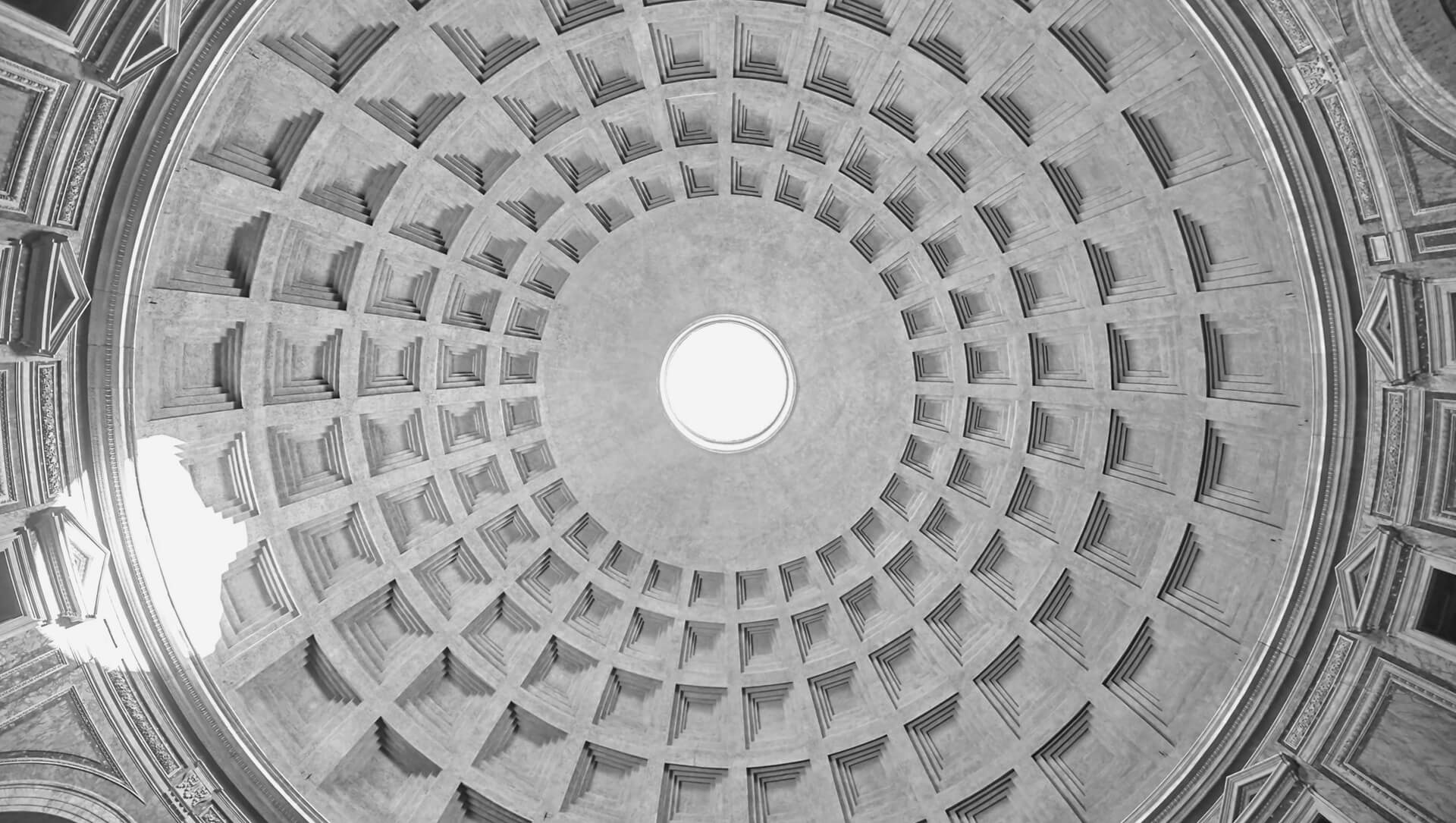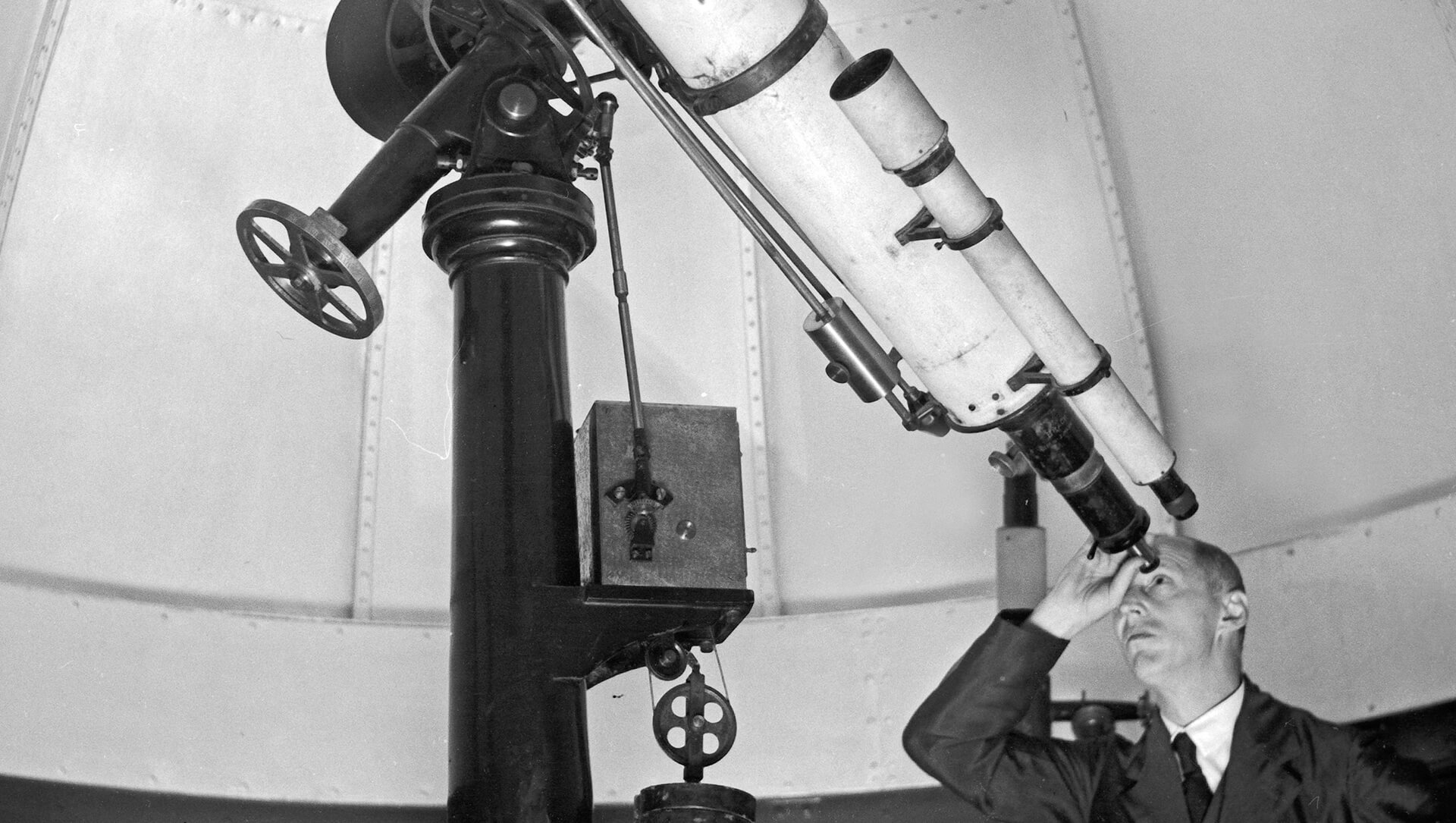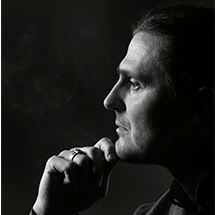AXIOMS OF APPROACH
In science exists the concept of an axiom (from the Greek axioma — “statement of self-evident truth, something which is thought worthy or fit”), which means the initial position of any theory, accepted within its framework as true and not requiring proof, due to its obviousness.
THE OBSERVER
The truth is often hidden in plain sight — the truth is often hidden by its obviousness. This is also true of the deepest, primordial truth, or axiom, established by the observer — “I am.”
The statement of his own existence forces the observer to formulate it more clearly: “I am not a body, since I am able to witness it as a form of my existence separate from myself.” Then he is also compelled to state: “I am not a personality inside the body, as I am able to observe it, its reactions and involvement in feelings of ownership, pain and pleasure, love and hate.” The observer defines his personality no longer as a form, but as a form-filling content that is still not himself.
Drawing attention to the one who witnesses himself as a body and a personality, he states: “I am an entity that witnesses and cognizes itself and its own existence.”
The experience of “I am” can be verified by almost every person. It is so stable that it can serve both the individual and all mankind as an eternal truth — the starting point for a new scientific approach that not just includes the observer, but begins with him.
After the observer establishes his own existence, he witnesses everything else in a certain hierarchical order. The very hierarchical order of the ascertained essences, or truths, determines the degree of their importance for the observer.
TWO ORIGINS
The next truth, which the observer testifies, is the existence of two Origins that are not equal for him — the Light and the Darkness. He feels the Light above him, the Darkness below and around him. The Light for him is like his father, as it is his source, the original essence, to which he aspires. The Darkness is like his mother, as it surrounds him from all sides, gives him his form and endows him with the ability to feel. The Light and the Darkness are perceived by the observer, but are beyond his control and unknowable for him since they are his Origins.
Turning his attention to the Light, the observer is freed from his simplest form, received from the Darkness, and dissolves in the Light, like a prodigal son returning to his father. Turning to the Darkness, the observer becomes stronger in his form and embarks on the path of cognition of his interaction with the life existing in the Darkness — all the diversity of Mother Nature at a distance from the Source-Father.
THREE PLANES OF REALITY
As the observer plunges into the Darkness in his consciousness, he begins to distinguish what exists simultaneously in three planes of a single reality:
- In the higher plane of reality filled with eternal essences, or meanings, he manifests himself by the ability to cognise and think, as well as by his attitude to any existing phenomena, that find a place in his worldview.
- In the inner plane of reality, filled with forces that operate directly at the present moment, “here and now”, the observer experiences personal desires, manifestations of will, positive and negative emotional states and bodily sensations.
- In the outer plane of reality, filled with objects, the observer himself is an object — one of the many others that form his environment.
The easiest way to distinguish between the three planes of reality is to first close the eyes, then open them again and note that when we close our eyes, we find ourselves in the inner plane of sensations, and when we open them, we fall into the outer plane of the objects of perception. When we begin to think about something above us, the sphere where this process takes place is the higher plane of existence, where we do not depend on either space or time.
In the higher plane, the observer is the core, the bearer of the eternal essence; In the inner plane, he is the personality, the bearer of the persona (from Latin persona — “personage, assumed character,” originally “a mask, a false face”); in the outer plane, the observer is a human being with a vertical body and his head directed upwards — to the Eternal.
The observer can rely on each of the three planes as a separate reality, feel their differences and use their potentials both individually and by combining them. Each plane gives him something specific:
- The higher plane gives knowledge;
- The inner plane gives powers;
- The outer plane gives material well-being.

Description of the process of thinking that takes place in the higher plane of reality and is aimed at cognition.

The crisis of the worldview. The need for a clear and holistic worldview that unites religion, science and philosophy. The individual's main choice.

Sources of the worldview and its influence on an individual. The importance of a clear definition of terms. The need to restore culture.
